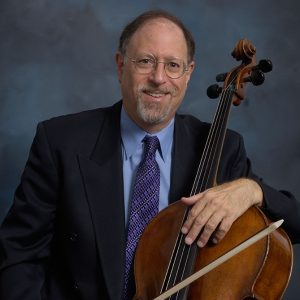
The Joy of Feuillard – A Sequential Approach to Teaching Bow Technique (Part 32 – Feuillard No. 36 – Variations #10-29)
Robert Jesselson
Today we will continue our journey through Feuillard with No. 36, Variations #10 – #29 on string crossings over four strings. Many of these variations are about sustaining the sound with legato or detaché strokes. As mentioned before it is very helpful to use the left/right motion in order to make it easier to get a big sound in the upper half of the bow. It is also helpful to use the “twist” motion of the upper torso in order to release tension from the arm and fingers, and to keep the vibrato going. Rather than lifting fingers, the twist in the upper body automatically helps to release the fingers.
Variations #10 and #11:


Variations #12, #13, and #14
The arm levels that I mentioned here were discussed in a previous blog. There are seven levels for the left upper arm – playing on each of the four strings and the three double-stops.



Variations #15 – #19
Here are more variations dealing with detachè and string crossings in various combinations. George was mostly good about using the twist motion to his advantage – for relaxation and vibrato – but I did remind him about it once here.





Variations #20 – #29:










These variations all continue with the same technical issues, so I just faded most of these videos halfway through. I needed to remind George occasionally about having his left arm high enough for the lower strings, but mostly he has absorbed the information about contact point, bow distribution, catch and float, the twist motion, arm levels, etc. and nailed each of these variations in the first iteration during the lessons.
Next week’s Blog will continue with Variations #30 – #38 working on double stops with string crossings, and legato strokes involving the upper arm versus wrist/fingers.
*If you have questions or comments about The Joy of Feuillard, Dr. Robert Jesselson can be reached directly at rjesselson@mozart.sc.edu.
Subjects: Repertoire, Technique
